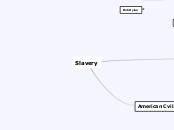av Jordan Blair 6 år siden
313
Unit 1-Activity 3
Yu Hyöngwön's Pangye Surok presents a critical view on the institution of hereditary slavery in Korea, deeming it harmful to the social structure and morally wrong. Yu argues for its abolition due to its detrimental impact.









